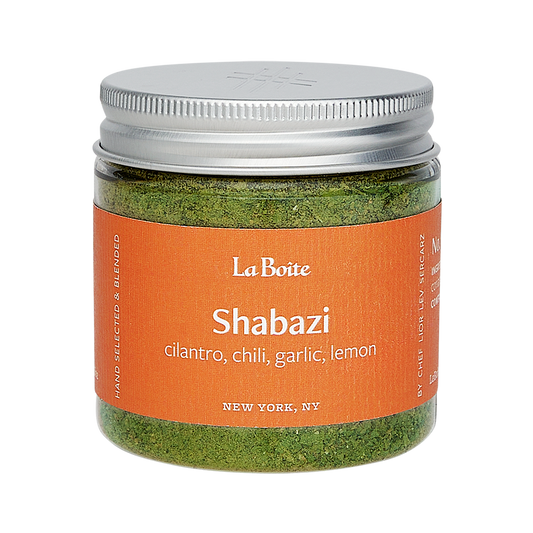Beer Talk with Garrett Oliver of Brooklyn Brewery
Winner James Beard Foundation Award 2014, Head Brewmaster of The Brooklyn Brewery, Author of The Brewmaster's Table, Editor-in-Chief of The Oxford Companion to Beer.
In our September Q&A with Garrett, we chat about using spices for brewing, a newly released Coffee Porter, and a surprising beer stock idea for a stew. Read more below!
1) What are some of the special beers at Brooklyn Brewery this fall?
We just released our Intensified Coffee Porter, a barrel-aged beer infused with coffee grown by my friend Dana Foster down in El Salvador. I’m super happy with it, and I’m looking forward to drinking it all winter with desserts and even some savory dishes. I think it’ll be great with venison and a demi-glace.

2) Sumac in beer - why do you use this particular spice in brewing?
The area of Brooklyn where I live, Boerum Hill, has a pretty vibrant Arabic food scene. I still get my pita bread straight out of the oven, and find it hard to go for the store-bought version. A lot of the food is spiced with sumac, which is one of the great spices that most Americans have never heard of. Especially given that it’s been used for thousands of years in North America, I wanted to feature it. I love the combination of its acidity and earthiness.
3) Cooking with beer - whether it's battering, braising or roasting, what are some good brew and food combos for home cooks to try?
I don’t cook that often with beer, but one of the really great dishes is the Belgian carbonnade Flamande. It’s a beef and onion stew where the stock is made up entirely of beer. I make my favorite version by using our Brooklyn Local 2 and left-over dry-aged beef bones from Peter Luger. It’s often very lightly flavored with cinnamon and nutmeg, and it freezes perfectly. It’s a great winter dish.
4) When you started experimenting with beer, what were some of your first creations?
I first started brewing at home in the early 80s, well before there was any “craft beer movement”. So I started out by emulating the great beers that I’d had in the UK and Europe, particularly pale ales. But at Brooklyn Brewery I was one of the first brewers in the country to start specializing in farmhouse ales such as saisons. These days I’m having a particularly good time with wild yeast sets from the lees of wine and cider fermentations. The wild microorganisms can give a depth that you can’t otherwise create through “normal” techniques.
5) As the head brewmaster, can you share some tips & tricks for giving a good pour?
As someone who had hosted over a thousand pairing events, I do have a few ideas! The basics are simple. First, you want to match what I'll call the "impact" of the beer and the food. You don't want to pour "huge" beers with delicate dishes, and vice versa. From there comes the fun part - I look for the "flavor hook", the part of the beers flavor that finds harmony with elements of the dish. And in beer, the flavors are essentially endless. We can smoke, roast, caramelize, and spice our ingredients. So a beer can taste like chocolate, or coffee, or bananas or sumac, or saffron. Most beers ought not to be served very cold, just as with wine. 45 F - 50 F does best for the vast majority of beers, and any good glass with a stem and a bowl can help show the beer's best flavors.
Follow Garrett & Brooklyn Brewery & don't miss their upcoming events this fall!
instagram: @iGarrettOliver
twitter: @GarrettOliver











